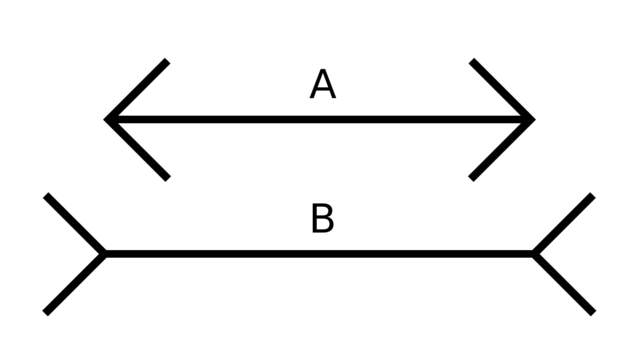Bias
What Is Implicit Bias?
Implicit bias is highly controversial, but happens to everyone all of the time.
Posted October 13, 2019 Reviewed by Jessica Schrader
The idea that most people are implicitly biased is having a major impact on society. For instance, big companies like Starbucks are providing training to their employees to reduce implicit bias and the state of California has introduced legislation to combat implicit bias.
But what does it actually mean to say that you are biased implicitly? In a recent paper that was published in the journal Perspectives on Psychological Science, I tried to shed new light on this important question.
Consider the following example: Imagine you are an employer who interviews a candidate for a highly coveted position. Ideally, your decision to hire this person would be based only on the candidate’s qualifications. You might try to achieve this by creating the optimal conditions for taking into account only relevant information. For instance, you might set yourself the conscious goal to pay attention only to relevant information such as the content of the CV. You put aside all other distractions like your cellphone so that you can devote your full attention to the interview and you take enough time out of your schedule for making the decision.
Research strongly suggests, however, that your decision might still be influenced by the race and gender of the applicant. Such an impact of race or gender would be an example of implicit bias. You are influenced in a systematic manner (i.e., you are biased) by elements in your environment (e.g., the skin color of the applicant) even though you did not intend to be influenced and were focusing on other things (i.e., it happened implicitly).
Psychologists have known for a long time that our thoughts, feelings, and actions can be influenced implicitly. Take the example of the Müller-Lyer illusion. Your task is to decide whether line A or line B is the longer one.

You probably have the impression that line B is longer than line A, but in reality, both lines are equally long. What happens is that you are influenced by the arrows at the end of the lines even though you do not pay attention to the arrows or might even have the conscious goal not to be influenced by the arrows. You are implicitly biased by the arrows, that is, what you consciously perceive is influenced in a systematic manner by the arrows (i.e., you are biased) even though you do not intend to be influenced or might even want to prevent being influenced by the arrows (i.e., the bias is implicit). The main thing that modern research on implicit bias added to this story is the realization that people can be biased implicitly not only by arrows but also by social elements in our environments, that is, by elements indicative of the social group to which others belong (e.g., skin color).
When conceived of in this manner, implicit bias is a normal behavioral phenomenon: It happens to everyone all of the time. From a moral point of view, however, implicit social bias is a highly controversial phenomenon. Many of us do not want to be implicitly biased, that is, we often find it undesirable to be influenced by social cues, such as when we try to hire the best person for the job. Others have been tempted to argue that implicit bias is overrated (maybe even justified) and that minorities simply need to toughen up. There is also much controversy amongst scientists concerning the measurement and underlying mechanisms of implicit bias.
Each of these debates is important and worthy of study but problems arise when implicit bias is defined in terms of morality (e.g., as being inherently wrong), measurement (i.e., as the score on a particular measure), or underlying mechanisms (e.g., as an unconscious internal force that drives people’s behavior). Consider the widespread view that implicit bias is an unconscious internal force that can be measured using tasks such as the Implicit Association Test and that makes us do things we do not want to do. Because of this view, people who oppose the idea that implicit bias is immoral, who question the validity of measures of implicit bias, or who doubt that there is an unconscious internal force that drives behavior, are inclined to dismiss implicit bias altogether. In doing so, they lose track of the fact that implicit bias as a behavioral phenomenon is uncontroversial.
Disagreements about morality, measurement, and mechanisms should not stop us from accepting that our thoughts, feelings, and actions can be influenced by social cues implicitly (e.g., even when we do not intend to be influenced). Implicit bias, as a behavioral phenomenon, is and will remain real and important.
–Jan De Houwer
The author wishes to thank Pieter Van Dessel, Yannick Boddez, and Abigail Fagan for feedback on earlier versions.
References
De Houwer, J. (2019). Implicit bias is behavior: A functional-cognitive perspective on implicit bias. Perspectives on Psychological Science, 14, 835-840. https://doi.org/10.1177%2F1745691619855638


